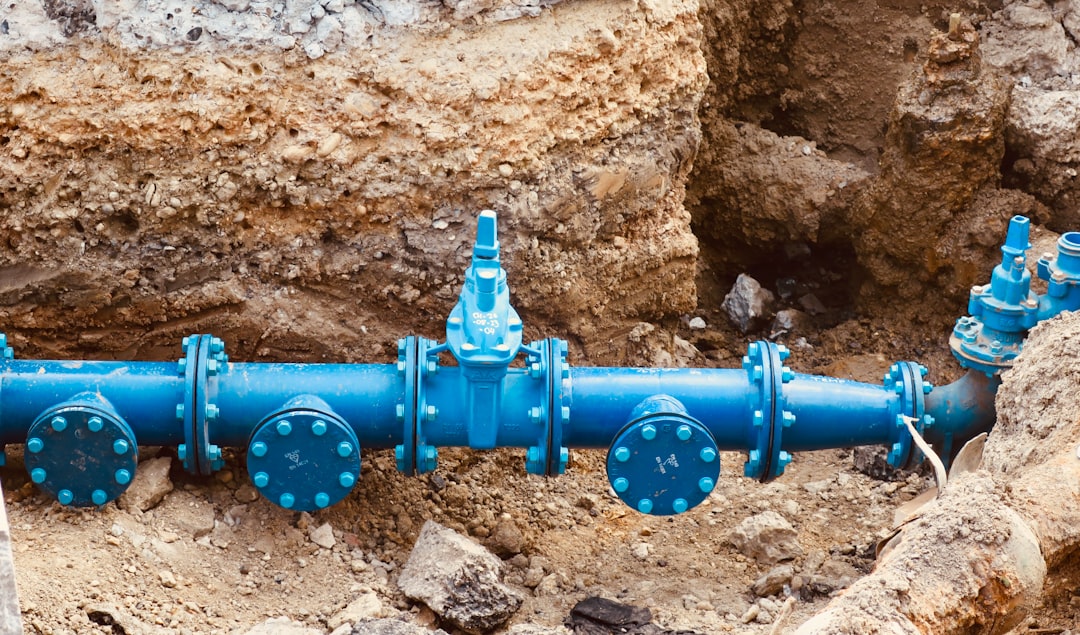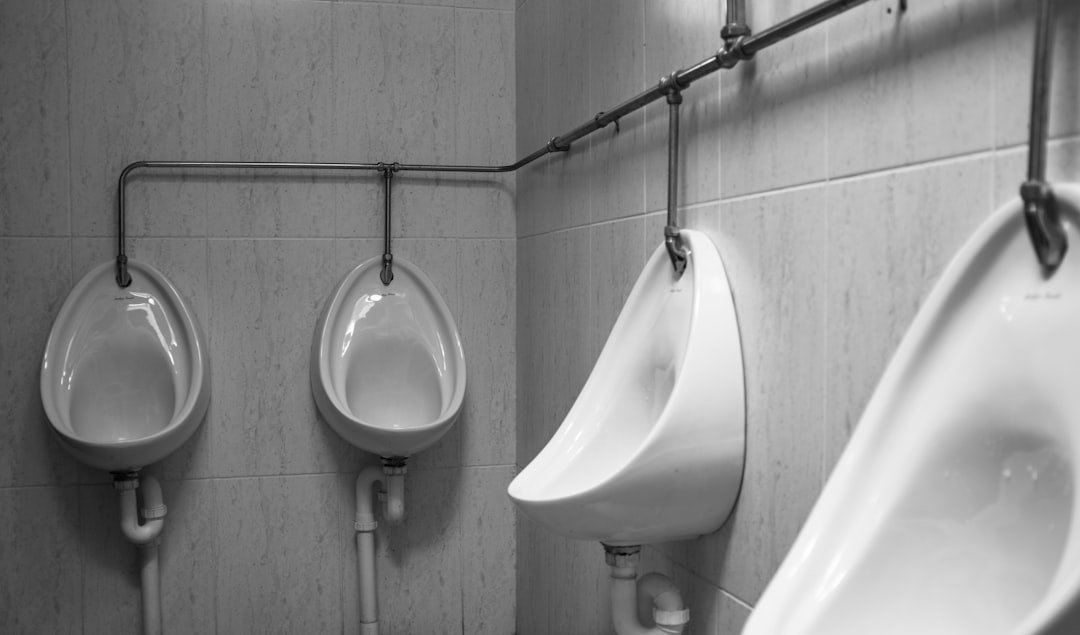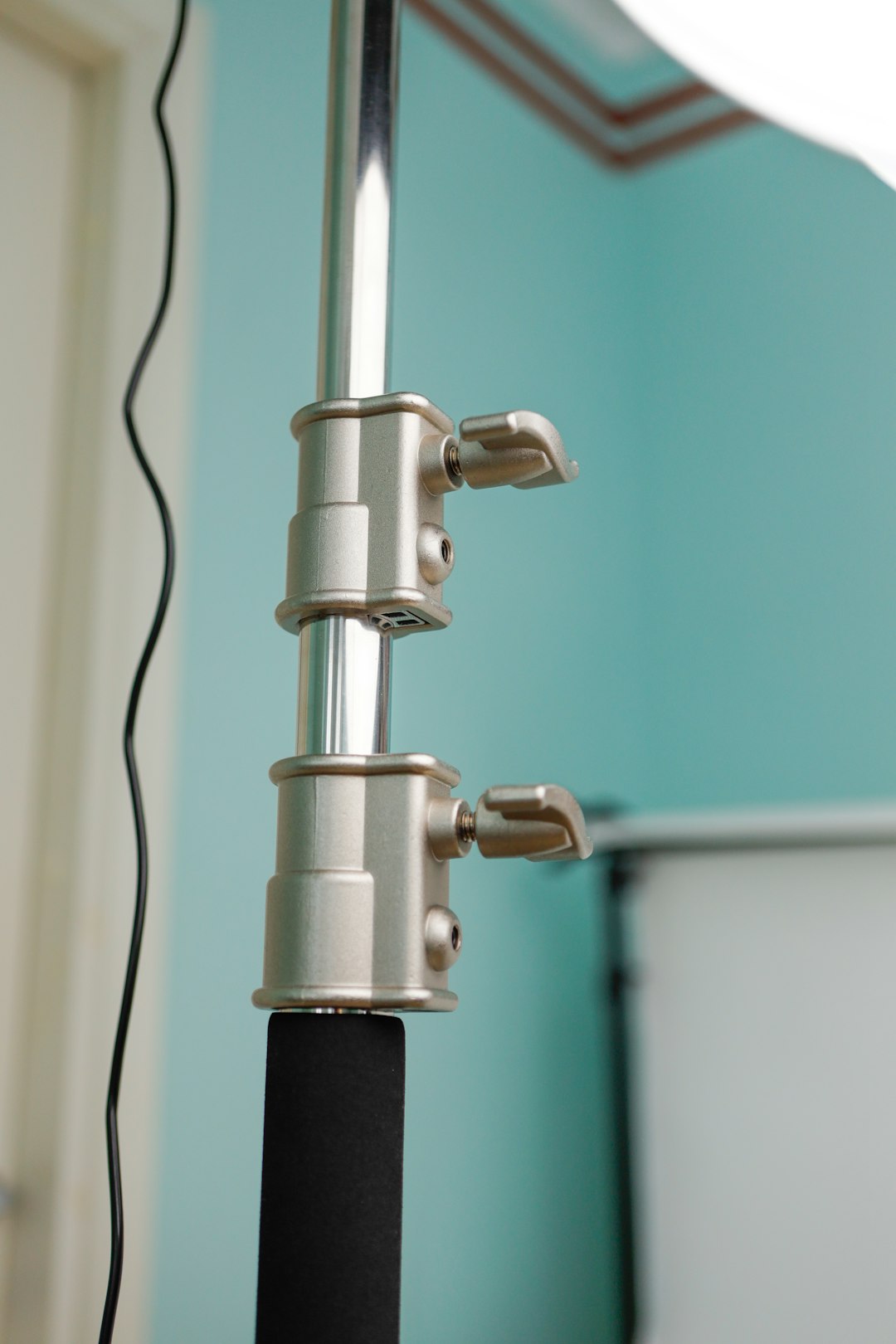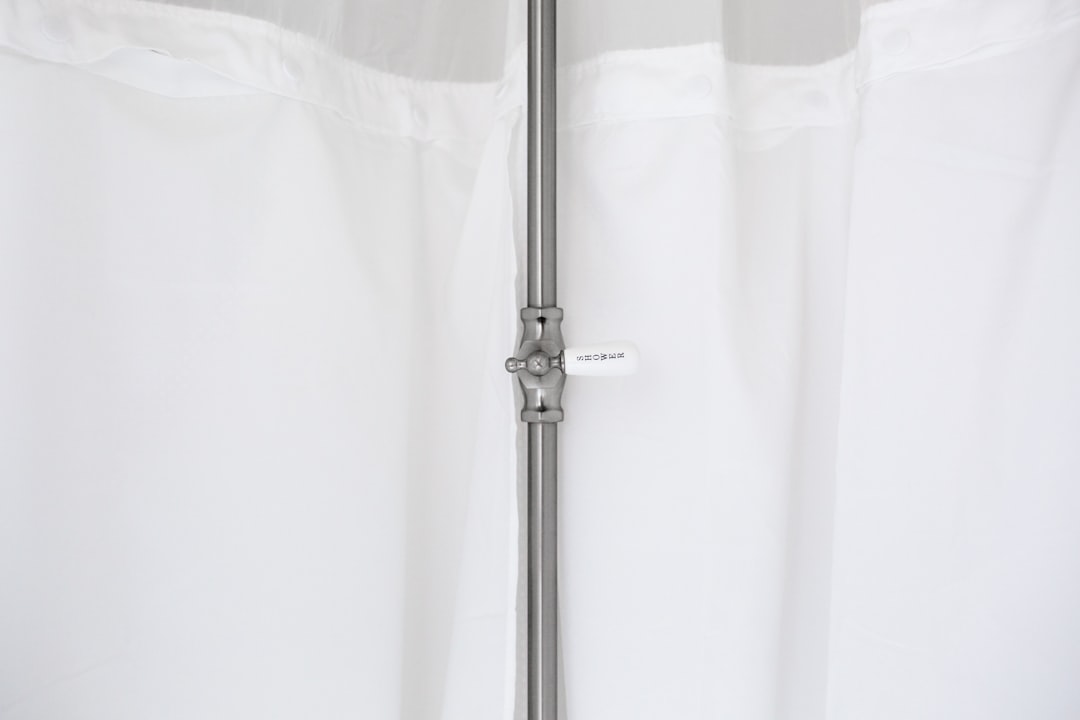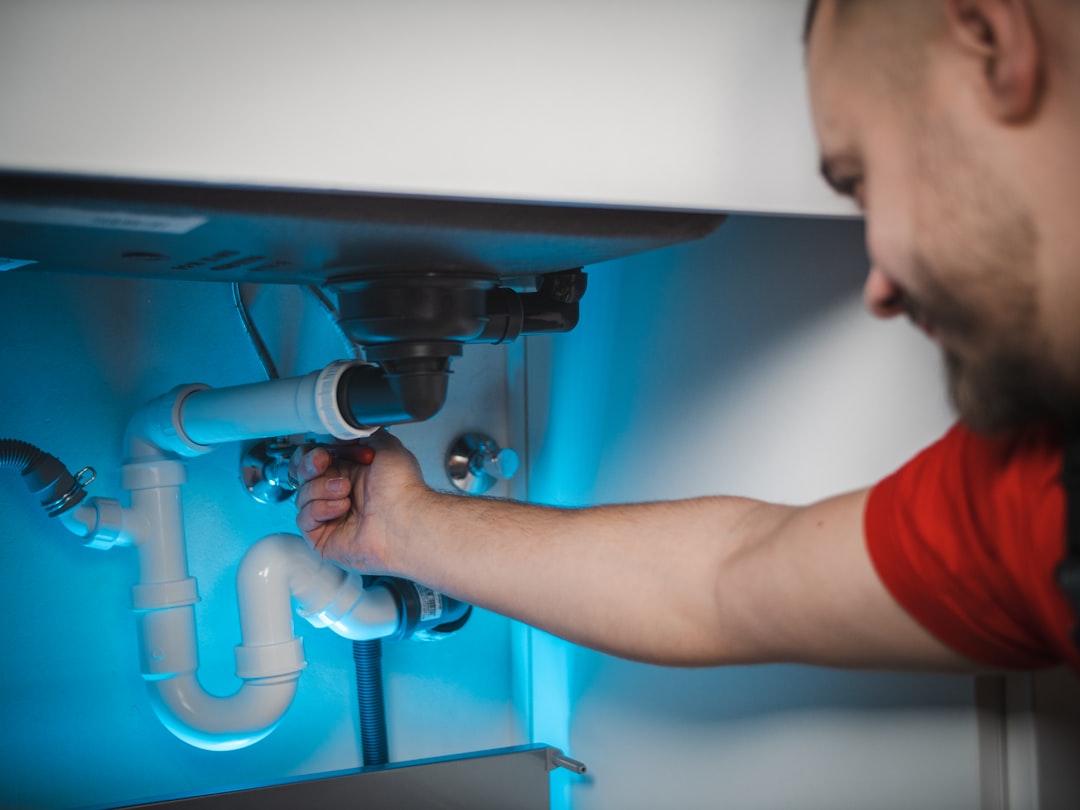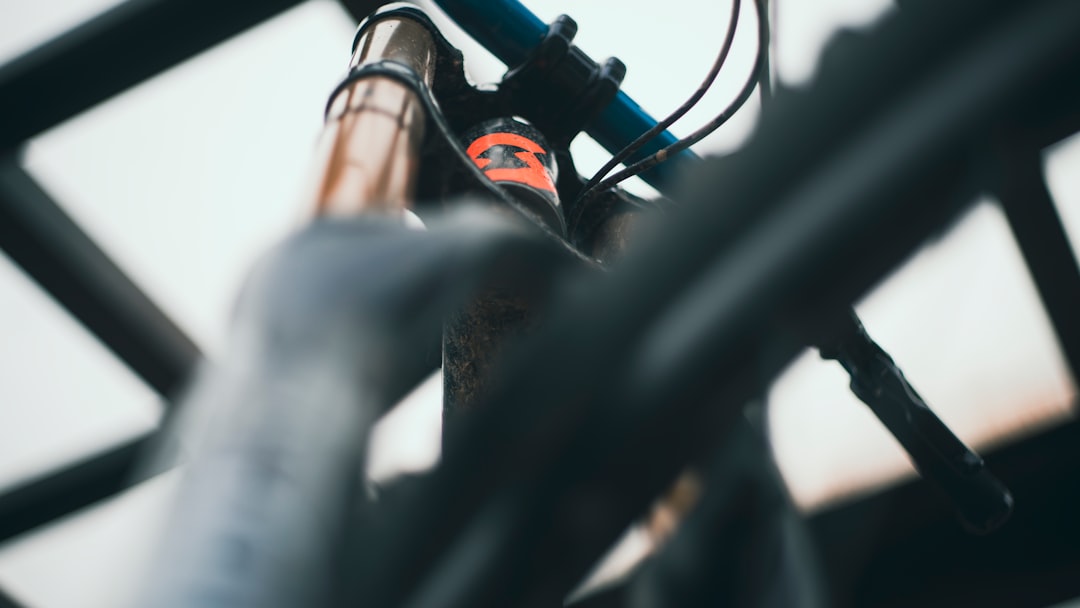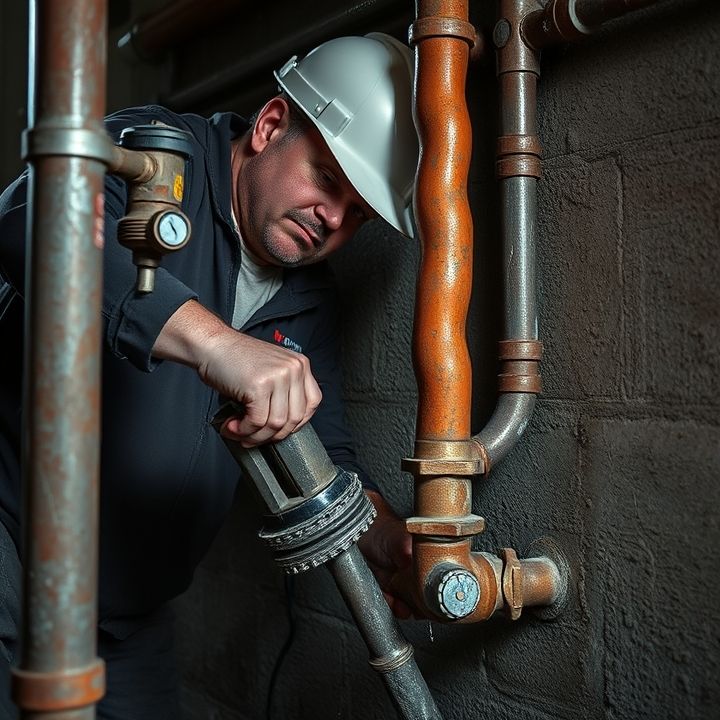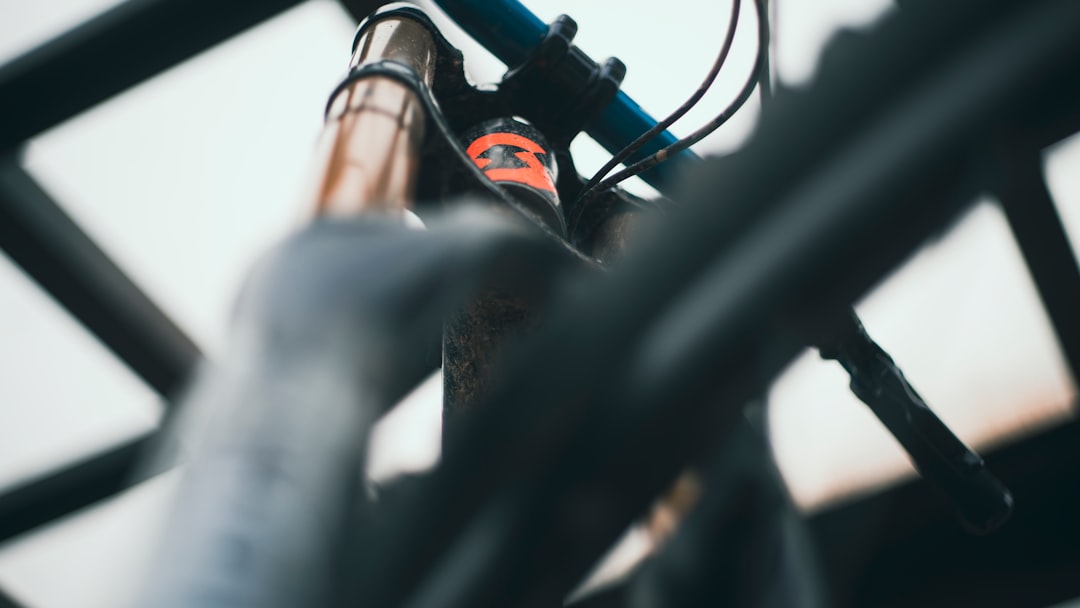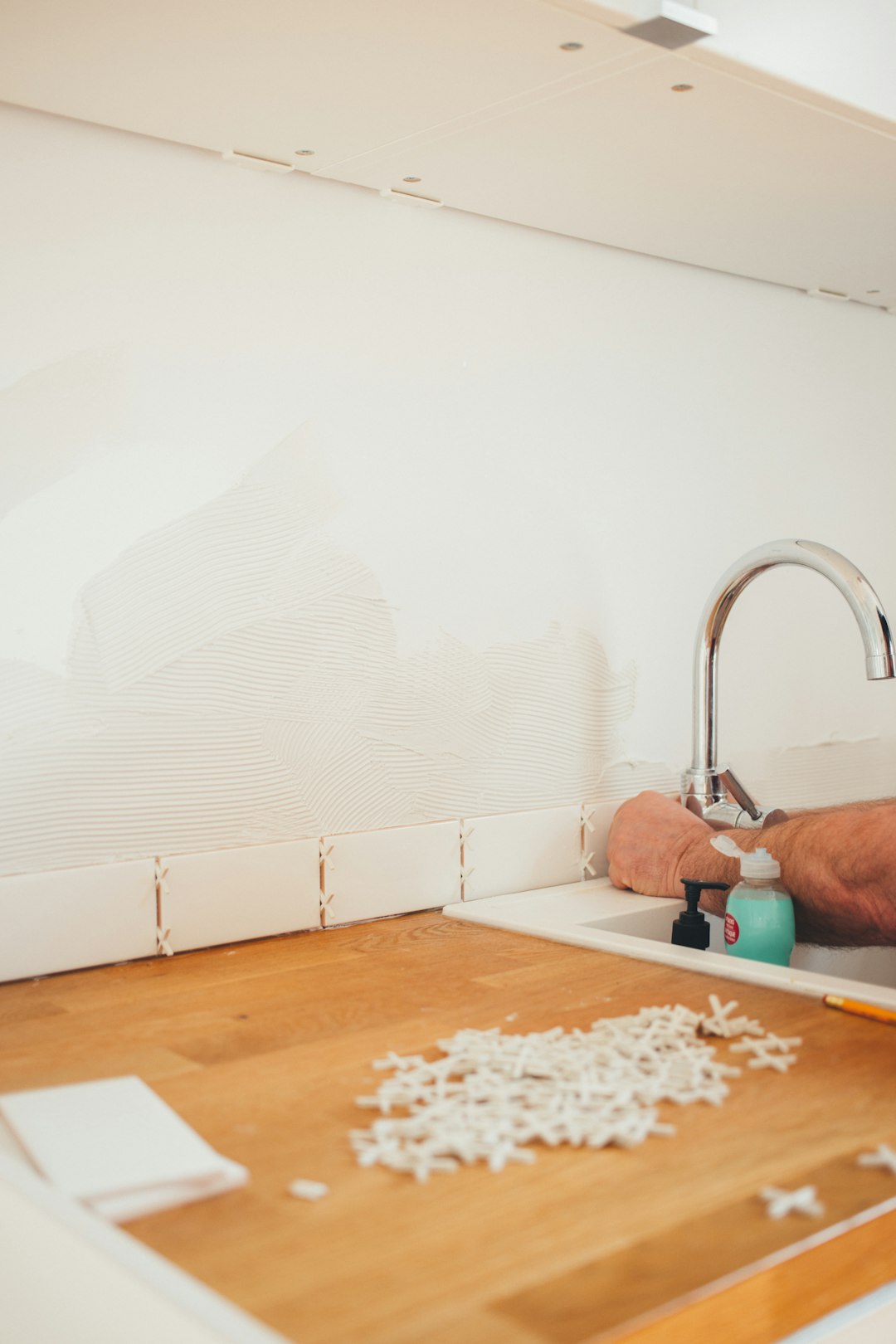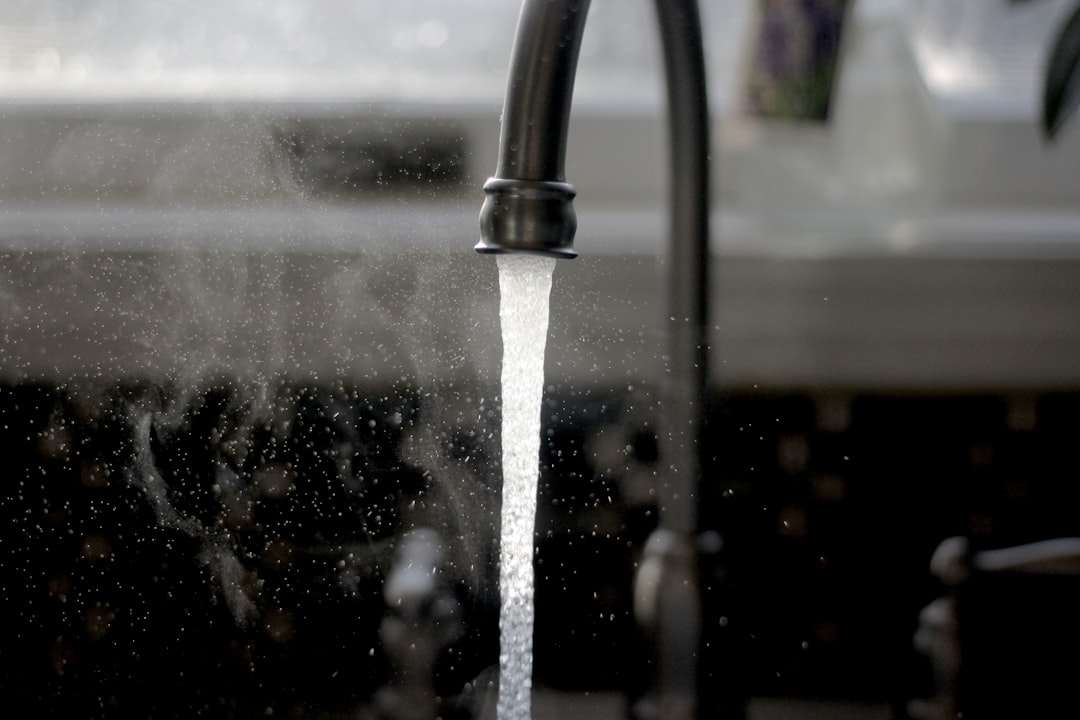Table of Contents
- Introduction
- Understanding the cost of affordable plumbers and what factors influence pricing
- Key plumbing services offered by affordable plumbers such as fixture installation and drain cleaning
- Tips for finding certified and local affordable plumbers near you
- Evaluating plumbing emergency services and their importance in timely repairs
- Common plumbing issues addressed by affordable plumbers including leaks and clogs
- Benefits of plumbing maintenance and regular inspections by professionals
- How to assess quotes and estimates from different plumbing companies
- The importance of warranties and guarantees in plumbing services
- Conclusion
- Frequently Asked Questions
Introduction
When a plumbing crisis strikes, the clock ticks, and your stress levels soar. Whether it’s a troublesome leak, a clogged drain, or a sudden need for installation, finding a trustworthy plumber can feel like searching for a needle in a haystack.
However, the quest for reliable plumbing services shouldn’t plunge you into debt. Welcome to your ultimate guide on Finding Affordable Plumbers, where we’ll navigate the labyrinth of plumbing options to help you uncover the best quality service without breaking the bank.
Imagine hiring a skilled plumber who not only alleviates your plumbing woes but also respects your budget. This article will arm you with essential tips, insider secrets, and useful strategies to ensure you make informed choices when hiring plumbing professionals. Furthermore, we’ll explore how to spot red flags, the power of customer reviews, and ways to leverage technology to find the plumber that suits your needs. So, roll up your sleeves and prepare to find a plumbing solution that’s both efficient and economical!
Understanding the cost of affordable plumbers and what factors influence pricing
Understanding the cost of affordable plumbers involves a comprehensive look at the various factors that influence pricing. Generally, the cost of plumbing services can vary significantly based on several key aspects.
First, the type of service required plays a crucial role. For instance, simple repairs, such as fixing a leaking faucet, may cost less than more complex jobs like repiping a house or installing a new bathroom.
Second, the plumber’s experience and qualifications can influence the rate. Highly skilled and experienced plumbers often charge more due to their expertise.
Geographical location is another critical factor; plumbers in urban areas may charge higher fees compared to those in rural regions, reflecting the cost of living and demand for services.
Additionally, the time of service can affect pricing, with emergency calls or after-hours services typically incurring higher rates.
Lastly, parts and materials required for the job also add to the overall cost. Understanding these elements can help homeowners make informed decisions when selecting affordable plumbing services.
Key plumbing services offered by affordable plumbers such as fixture installation and drain cleaning
Affordable plumbers offer a range of key plumbing services that are essential for maintaining a functional and efficient plumbing system. One of the primary services they provide is fixture installation, which includes the setup of sinks, faucets, toilets, and showers. Proper installation is crucial to ensure that fixtures operate efficiently and minimize the risk of leaks or malfunctions over time.
Another vital service provided by affordable plumbers is drain cleaning. Clogged drains can lead to significant issues, including water damage and foul odors. Professional plumbers use specialized tools and techniques to thoroughly clean and clear drains, ensuring smooth water flow and preventing future blockages.
In addition to these services, affordable plumbers may also offer plumbing repairs, pipe installations, and emergency services. Their expertise allows them to address both minor and major plumbing issues swiftly and effectively. By providing quality services at reasonable rates, affordable plumbers help homeowners and businesses maintain their plumbing systems without breaking the bank.
Tips for finding certified and local affordable plumbers near you
Finding certified and local affordable plumbers requires a strategic approach to ensure quality service without breaking the bank. Start by seeking recommendations from friends, family, or neighbors who have had positive experiences with local plumbers. Online platforms, such as Yelp or Angie’s List, can provide customer reviews and ratings, helping you gauge the quality of various plumbers in your area.
Once you have a list of potential plumbers, check if they hold the necessary certifications and licenses required by your state. This verification can often be done through state licensing boards or local plumbing associations.
It’s also wise to obtain multiple quotes from different plumbers. While cost should not be the only factor, having several estimates gives you a clearer picture of the market rate for your plumbing needs. Additionally, inquire about warranties or guarantees on their work, as reputable plumbers will often stand behind their services.
Finally, consider those who offer emergency services or flexible scheduling, which can be beneficial in urgent situations.
Evaluating plumbing emergency services and their importance in timely repairs
Evaluating plumbing emergency services is crucial for homeowners, as timely repairs can prevent minor issues from escalating into costly disasters. Emergencies such as burst pipes, overflowing toilets, or severe leaks require immediate attention to minimize water damage and ensure the safety of your home. Emergency plumbing services are characterized by their availability, typically offering 24/7 assistance to address urgent situations.
When assessing these services, consider their response time, the qualifications of their plumbers, and customer reviews. A reputable service should have licensed professionals who can quickly diagnose and resolve issues. Additionally, flexibility in pricing can play a significant role in your decision, as unexpected plumbing emergencies can strain your budget.
It’s also advisable to inquire about warranties on repairs and the quality of the materials used. This ensures that the work performed will last and gives you peace of mind. Overall, choosing the right emergency plumbing service can save not only time and money but also enhance the overall safety and comfort of your living environment.
Common plumbing issues addressed by affordable plumbers including leaks and clogs
Affordable plumbers address a range of common plumbing issues that can arise in homes and businesses. One of the most prevalent problems is leaks, which can occur in pipes, faucets, or fixtures. These leaks not only waste water but can also lead to significant damage if left untreated. Affordable plumbers utilize various techniques to identify and repair leaks effectively, often employing advanced tools to minimize disruption.
Another frequent issue is clogs in sinks, toilets, or drains. Clogs can be caused by a buildup of debris, grease, or foreign objects. Affordable plumbers are equipped with specialized equipment, such as drain snakes and hydro-jetting tools, to clear these blockages swiftly. Additionally, they provide preventive measures to reduce the likelihood of future clogs.
Other issues may include running toilets, low water pressure, and water heater problems. Affordable plumbers play a crucial role in getting your plumbing system back to normal, ensuring comfort and convenience in your daily life. By addressing these common plumbing issues, they help maintain the efficiency of your home’s plumbing system.
Benefits of plumbing maintenance and regular inspections by professionals
Regular plumbing maintenance and inspections by professionals offer numerous benefits that can save homeowners both time and money.
Firstly, consistent checks can identify potential issues before they escalate into costly repairs. A small leak, if left unchecked, can lead to significant water damage and mold growth, which are expensive to remedy.
Furthermore, regular inspections ensure that plumbing systems operate efficiently, reducing water waste and lowering utility bills.
Professionals have the expertise to spot inefficiencies and suggest upgrades, such as switching to more efficient fixtures.
Another key benefit is safety; a plumbing system in good condition decreases the risk of hazardous situations, like pipe bursts or sewage backups, which can pose health risks.
Additionally, many plumbing professionals offer routine maintenance plans that provide peace of mind, knowing that qualified individuals are overseeing your plumbing needs.
Engaging in proactive plumbing maintenance can contribute to the longevity of your system, ensuring it runs smoothly for years to come.
How to assess quotes and estimates from different plumbing companies
When assessing quotes and estimates from different plumbing companies, it is essential to take a systematic approach to ensure you make an informed decision. Start by gathering multiple quotes from various plumbers to have a good range for comparison. Once you have several estimates, evaluate the details provided in each. Look for a breakdown of costs, which should specify materials, labor, and any additional fees. This transparency helps you understand what you are paying for.
Next, check for warranties or guarantees offered by the company, as these can indicate the quality of service you can expect. Also, consider the company’s reputation by reading customer reviews and testimonials. This can provide insights into their reliability and quality of work.
Additionally, ensure that the plumbing companies are licensed and insured, as this protects you from potential liabilities. Finally, trust your instincts; if something seems off about a quote or estimate, it is worth seeking clarification before making a commitment.
The importance of warranties and guarantees in plumbing services
The importance of warranties and guarantees in plumbing services cannot be overstated. These assurances provide customers with peace of mind, knowing that they are protected against potential issues that may arise after a service has been performed. A warranty often covers repairs or replacements for a specific period, ensuring that if anything goes wrong, the plumbing service will address the problem at no additional cost. This is especially crucial for significant repairs or installations, such as water heaters or piping systems, where the expenses can be considerable.
Guarantees, on the other hand, often reflect the quality of work that a plumbing service provides. A company that offers a strong guarantee demonstrates confidence in their skills and materials. This can influence a customer’s choice when selecting a plumber, as it suggests that the service provider values customer satisfaction and is willing to stand behind their work. Overall, warranties and guarantees are vital components that enhance trust and credibility in the plumbing industry.
Conclusion
In conclusion, finding affordable plumbers is a crucial task that can save homeowners both time and money while ensuring quality service. By understanding the factors that influence pricing, the range of services offered, and the importance of regular maintenance, you can make informed choices that fit your budget. When searching for local and certified plumbers, remember to seek recommendations, compare quotes, and check for warranties to ensure peace of mind. Don’t hesitate to address any plumbing issues promptly, from leaks to clogs, as timely repairs can prevent more costly damages in the future. If you’re in need of immediate plumbing assistance or looking for a reliable service that won’t break the bank, call 573-555-2121 today to speak with a qualified professional who can help you with all your plumbing needs.
